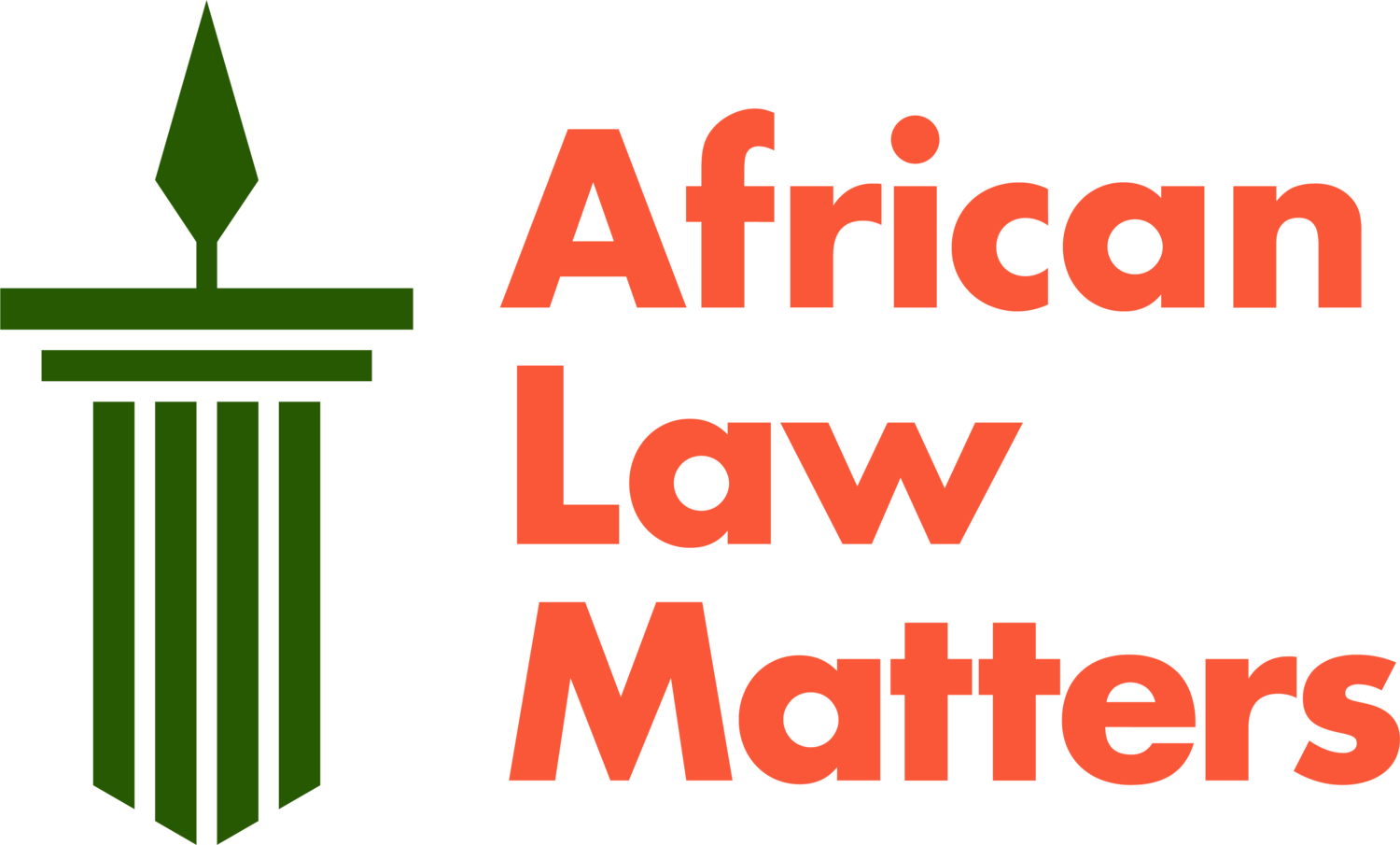Exploring the Intersection of State Sponsored Violence in Swaziland and the Possible Rise of the Islamic State
"King Mswati III - Swaziland" by whl.travel is licensed under CC BY-NC-SA 2.0.
The State of Swaziland (unilaterally changed to Eswatini by its absolute monarch, King Mswati III, the name change is currently the subject of a court challenge) has for decades claimed to be a peaceful country, whose population prides itself in respect for the next person in general and more particularly, respect for those in authority.
This political mantra to some extent sustained the royal hold on power, but it is no secret that it is now waning. At the core of these sentiments were religion and tradition. Swaziland remains a highly religious society where customary laws and ways of being influence day-to-day living. It is no wonder the monarchy rode on the backs of these two to consolidate his political power.
The tide turned in June 2021 when the Government of Africa’s last absolute monarch, King Mswati III unleashed security forces to terrorize, maim, assault, and kill unarmed civilians who were either engaged in peaceful protest or simply going about their daily lives.
Reports of civilians being dragged from their homes, intercepted in buses whilst travelling to work or school, and shot at whilst doing their shopping were spread all over mainstream media across the globe. Despite the government shutting down the internet, disturbing images still managed to trickle out of Swaziland, indicating widespread violations of human rights and wanton disregard for human life.
In the aftermath of the last week of June 2021, over 100 civilians perished at the hands of the country’s military and police forces. The genesis of all this decimation was the demand for political reforms by portions of the population, which included the right to elect their own prime minister. Not pleased with such demands, Mswati unleashed his forces to repress these demands, knowing fully well that in the courts of Swaziland, he enjoys absolute immunity as per section 11 of the Constitution. The army commander would deny the king issued such orders, insinuating the army went rogue and acted of its own accord – even though the perpetrators have not been prosecuted to date.
“It is safe to say that the next playground for the Islamic State will be in the state of Swaziland.”
In the intervening period since then, the socio-political, economic, and moral landscape has been slowly shifting in Swaziland. The police killings did not abate, civilians continued to die in police custody due to torture. Others continued to be shot, killed, tortured, and unlawfully detained by police for participating in peaceful protests across the country.
But this did not end there – soon a culture of impunity had grown and become entrenched within the security forces, and civilians were being killed for any flimsy reason that the police could think of. Some of the victims included children as young as seven years old. The wanton killing culminated in targeted murders of human rights defenders, such as the recent assassination of human rights lawyer Thulani Maseko.
Needless to say, the state sponsored violence necessitated a response from the victims and the civilian population. Reports of arson where state property was petrol bombed and burnt started circulating. Soon this escalated to bombings of the properties or homes of identified police officers, the burning of army helicopters etc. It was clear to everyone that a retaliatory strategy was afoot.
Several police officers and soldiers were shot and killed in different incidents, indicating that the civilian population had begun pushing back. A group calling itself the Swaziland International Solidarity Forces (SISF) owned the narrative, taking responsibility for killing these officers. It was clear that the people were not only angry but were now willing to fight fire with fire.
Given the Islamic State’s current grip over northern Mozambique and the current mood of the population (the victims of royal repressions) in the Swaziland conflict situation, it is pertinent to pose the question whether the environment is ripe for the Islamic State’s picking? Four things would catalyze the onset of the Islamic State in Swaziland. (1) the highly religious nature of the society (90 percent Christian and 2 percent Muslim), (2) the highly traditional nature of the society, (3) SADC’s silence or rather inaction in conflicts in the region in general, and its perceived bias towards the king in particular, and (4) the porous borders between Swaziland, Mozambique, and South Africa.
However, it is worth noting that it is not primarily the religious element that catalyzes recruitment into the Islamic State and similar terrorist organizations. It is rather the realization that membership in such a brotherhood translates to access to arms, funding and training. That would fit in well with the revenge emotion that characterizes an absolutist state where the victim has to contend with his/her violators roaming the streets without consequence because of royal privilege.
Faced with a court system that cannot constitutionally hold the King or his subordinates accountable for their role in the commission of crimes against humanity; and a governmental system that denies political participation and political plurality, it is natural that victims would be more sympathetic to the advances of the Islamic State.
It would offer them the military capital, as well as the financial wherewithal to upscale the current retaliatory processes into full-blown offensives by a well-resourced militia. The Islamic State’s presence in Mozambique and its recruitment drive inside South Africa as seen in the case of the Thulsie Twins, points to Swaziland being a suitable playground for recruitment. It is safe to say that the next playground for the Islamic State will be in the state of Swaziland.


